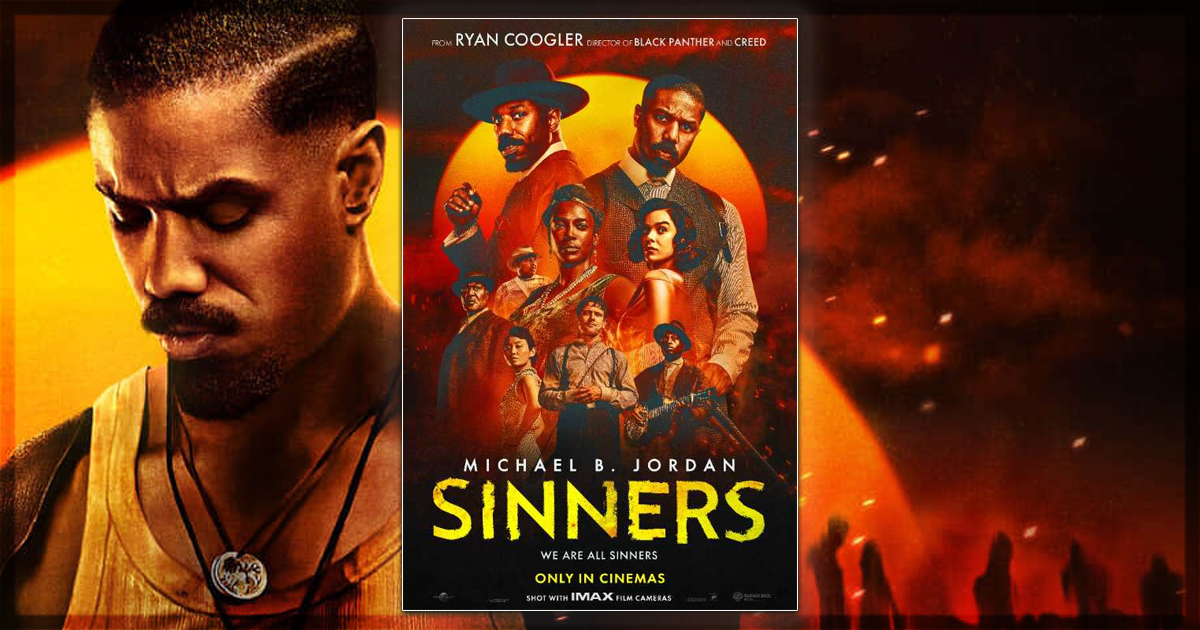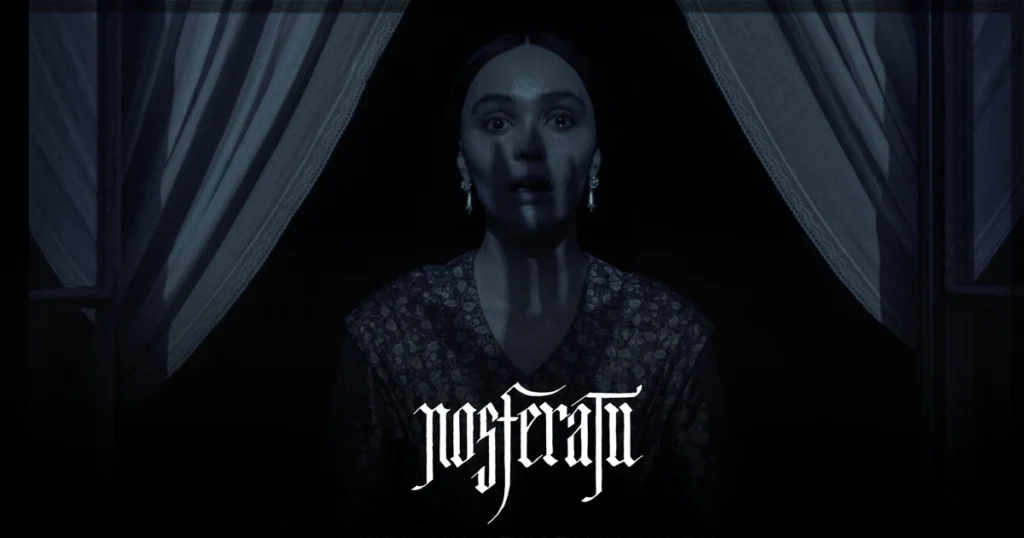Ryan Coogler knew just what audiences were missing and delivered a euphoric cinematic experience as he has answered our prayer for original filmmaking with the spectacular whirlwind known as Sinners. Taking us on a dance with one or more devils and a journey through 1930s Southern US history with a deep dive into blues music, Coogler’s technical genius is boundless and thankfully his vision is unfettered. He also coaxes out of Michael B Jordan a tour de force performance as a pair of twins, Smoke and Stack, returning to their home town of Clarksdale, Mississippi in 1932, to forge a new life, leaving their violent troubles behind, and face a reckoning with a fight between life and death, literally! Run, don’t walk, and avoid as many trailers as possible, to breathe in Sinners’ sensual, multi-faceted layers to be viewed on the biggest IMAX screen possible and acquiesce to be left feeling intoxicated and wanting more of Coogler’s magic by the finale.
Coogler has thus demonstrated the power of original but reflective storytelling that could be achieved, outside of franchise films, by black filmmakers that are supported and importantly well financed. There will, no doubt, be a significant level of commentary emphasising the large budget amassed by this film without equally analysing the ambitious filmmaking project that Sinners represents.
Pleasingly, the film refuses to appease conventions and refreshingly there is no focus on black trauma and struggle love with a welcoming concentration on the richness of the blues musical genre born out of the black communities during an era when black people were facing oppression, were not free to live their lives as they wished, where the notion of some black people being able to ‘pass’ with Jim Crow rules in effect was a topic and the imminent threat of the Ku Klux Klan was in the background. Coogler’s masterful ability to convey these elements without being preachy is again a testament to his filmmaking quality as he sets up the context of the uneasy tension between blues music and spirituality. It was therefore fitting that this reviewer ended up missing a blues dance class for a viewing of Sinners to be unknowingly immersed in a sumptuous blues heavy soundtrack within this enjoyable film.
At the heart of the film is young Sammie, played by Miles Caton, as a cousin to the twins Smoke and Stack. He is young, ambitious and loves playing his guitar which is not often far from his side. Caton learned to play the guitar from scratch for this film and the dedication is to be applauded. The film operates in a reverse chronological order to present his tale but in so doing provides that backdrop and insight in to the necessity of a juke joint set up by Smoke and Stack. For the uninitiated, the juke joints were the places where some members of the black communities congregated to express a degree of freedom through dancing to the rousing sounds of the blues. They were claustrophic and often times highly sensual venues which added to the emotion of the occasion. The hot, heavy chords from the guitar, harmonica and piano are emphasised within close ups by Coogler and blues dancing can be extremely intimate and seductive, just listen to the lyrics of any Julia Lee or Big Mama Thornton songs for inspiration. Many people nicknamed blues music as the devil’s music, historically, as it is non secular which is a reverberating theme throughout the film that Coogler does not fail to highlight.
Coogler also decides to show that literal dance with the devil or demons attracted by the blues music played. Sammie’s father, a preacher, had forewarned him, ‘if you dance with the devil, it will come home with you’ and there are spiritual persons within Smoke and Stack’s circle who forewarn that some musicians play so pure that they can conjure spirits from the past and future to transcend time, which could be a gift providing fame or fortune, but could also open up the door between life and death. Coogler plays with this concept and embraces both horror tropes and comedic tropes effortlessly to delight many cinephiles. But, significantly, his decision to include such phrases also leans into an aspect of superstition present in many black communities but which also developed as ways for enslaved persons and those working within the cotton plantations to maintain their strength and create a sense of belonging. All of these elements are interwoven seamlessly but may prove to be too subtle for some audiences without express mention of their significance. As an example, a muted colour palette shows the cotton fields in the background, which look beautiful from a distance, as Sammie, Smoke and Stack drive past in respective cars but there is no explanation provided regarding their status which will speak to those already cognisant of their nefarious significance during that period.
Coogler therefore trusts audiences to understand the historical past and the nuances running through Sinners. Indeed, there is a lot to unpack from a socio-political perspective via scattered images shown and casual statements. However, these elements underpin the film’s duality as it displays both sides of the same coin – the good and the evil, the moral from the amoral. It could be said that Sammie represents that talent referenced within religious texts that should not be hidden under a bushel. However, when such talent shines brightly it attracts both the good and the bad. As Coogler leans into supernatural lore, there is a breath-taking scene when Sammie picks up a Gibson Flying V guitar, potentially an anachronism given that it’s a guitar model from the 1950s, and has his defying gravity moment or perhaps a back to the future moment creating ripples through time. Such moments showcase the excellence of Coogler’s craft, in case there was any doubt, combined with a toe tapping energetic soundtrack by Ludwig Göransson, and brilliant performances from a superb ensemble cast including Delroy Lindo and Hailee Steinfield.
Sinners could also be described as a homage, not just to a sense of freedom but also to that moment in time when juke joints were frequented by black communities and when blues music belonged to them before being appropriated and commercialised by other non-black artists. The film may also evoke the spirit of blues musicians such as Tommy Johnson and Robert Johnson who were rumoured to have sold their souls to the devil at a crossroads in exchange for musical success! Plus, on the supernatural side, there will obviously be those casual comments to similarities to From Dusk ‘Till Dawn, The Thing and 30 Days of Night. Still, audiences will be able to decide for themselves as this film presents a unique fusion that no other filmmaker has yet dared to explore. Besides, in this 5th collaboration between Coogler and Jordan – theirs is a trusted dynamic and as this is one of Jordan’s best roles to date and a high contender for film of the year hopefully, there will be more bold films to come as in Coogler we trust.
Rating 4.5 stars
Sinners is now playing in theaters.
Learn more about the film, including how to get tickets, at the official site for the title.


